Training and Development Practices at Hilton Hotel Stratford: A Report
VerifiedAdded on 2023/04/21
|9
|622
|358
Report
AI Summary
This report examines the training and development practices implemented at the Hilton Hotel Stratford. It highlights the significance of training in the hospitality industry and its contribution to the hotel's success. The report details various types of training, including induction, vestibule, and refresh training, and explains their specific purposes. It also clarifies the differences between training and development, emphasizing their distinct goals and timeframes. The report further discusses the benefits of training, such as increased employee morale, enhanced customer satisfaction, and the ability to adapt to changing business environments. Finally, it underscores the importance of training in equipping employees with the skills and knowledge needed to meet customer needs and achieve organizational objectives. References from relevant academic sources are also included to support the analysis.
1 out of 9
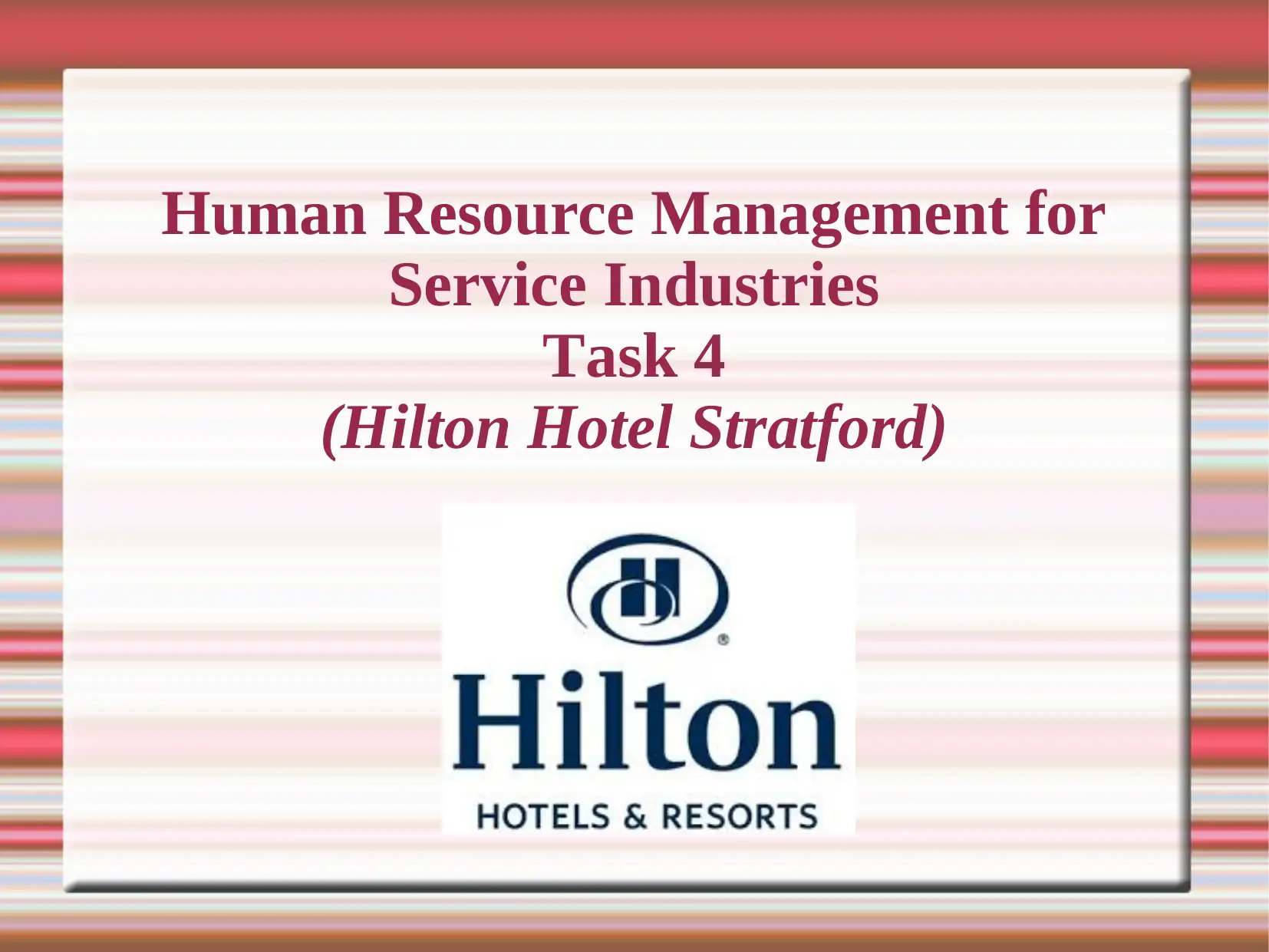
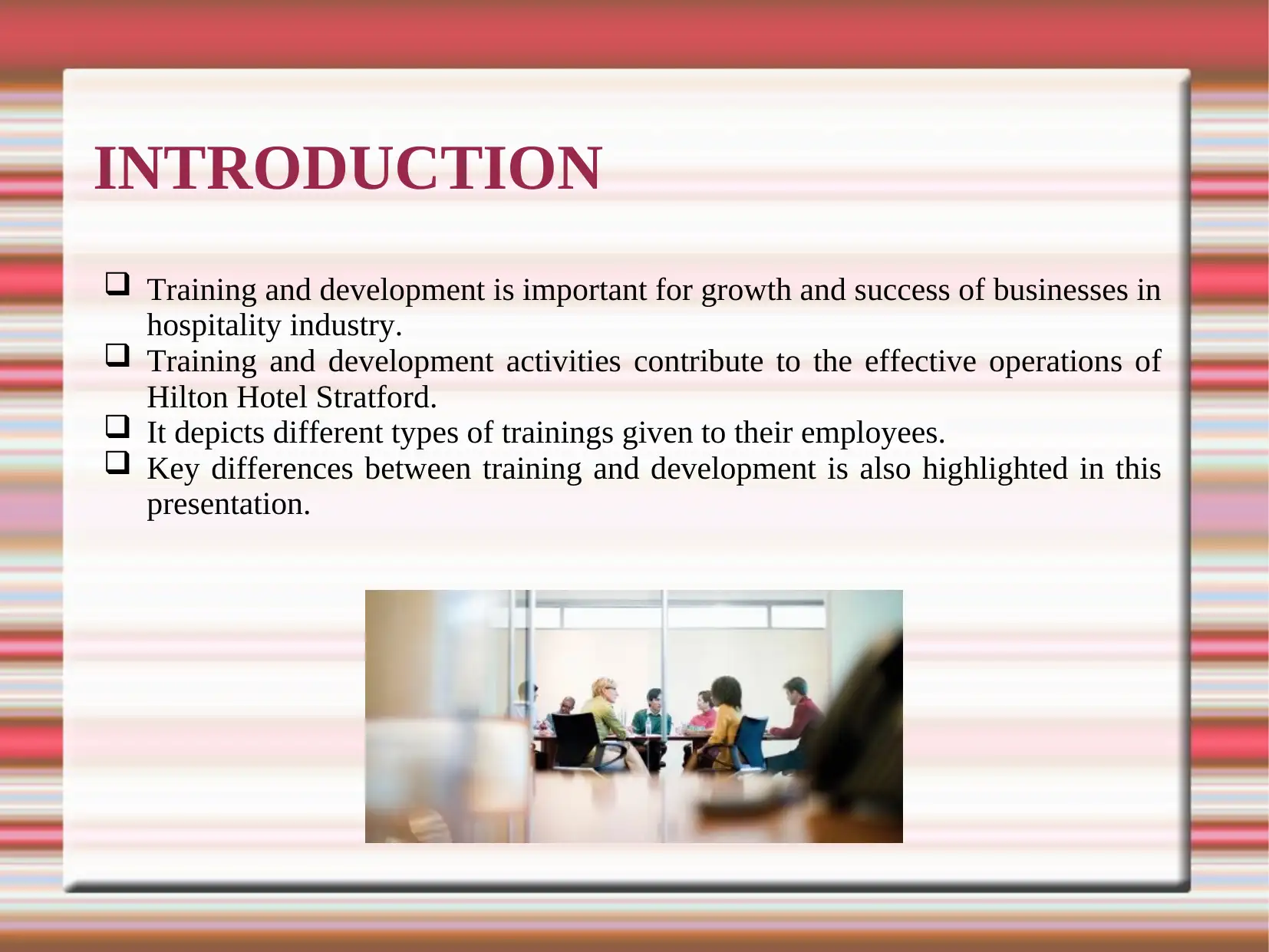
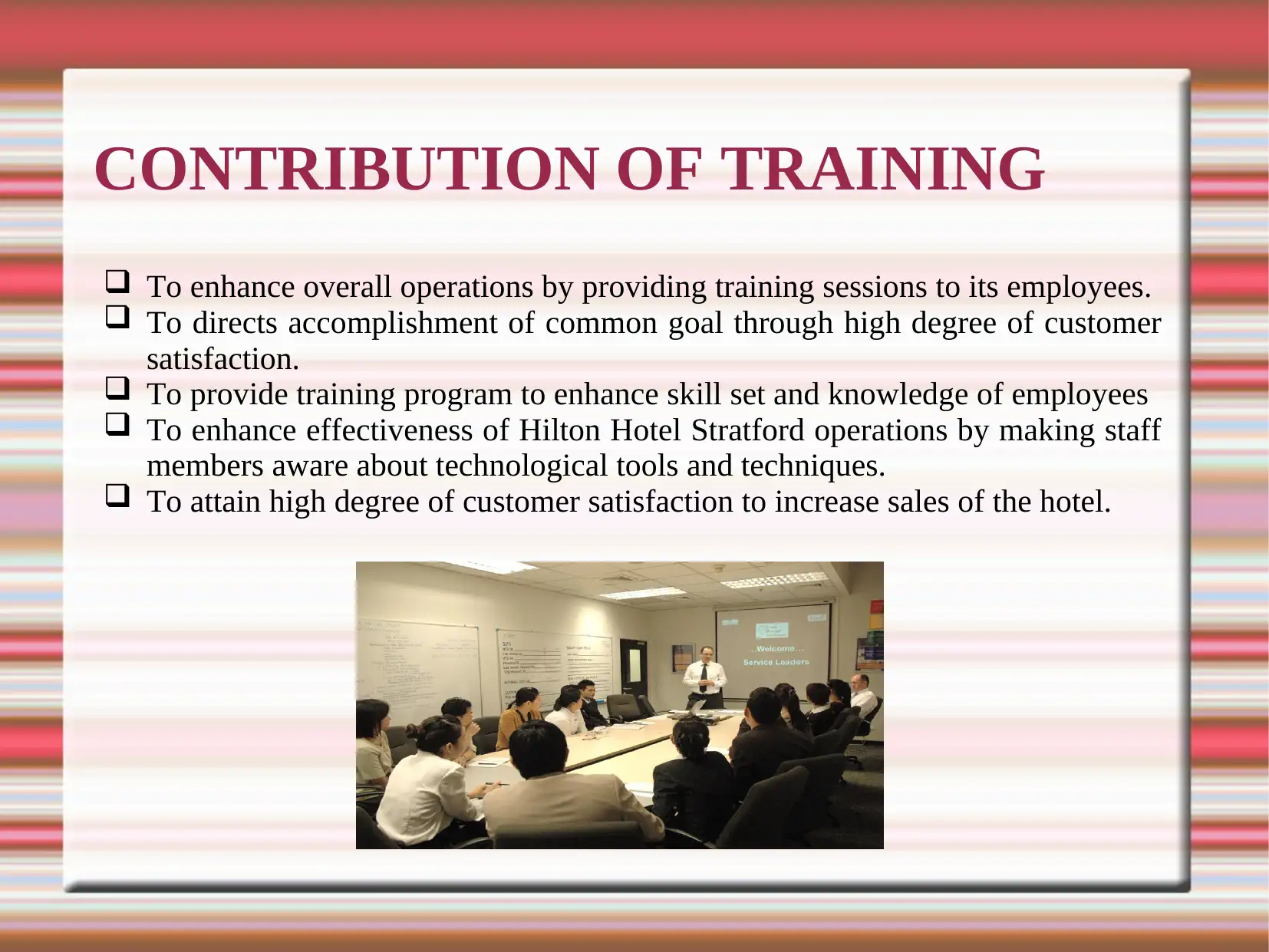

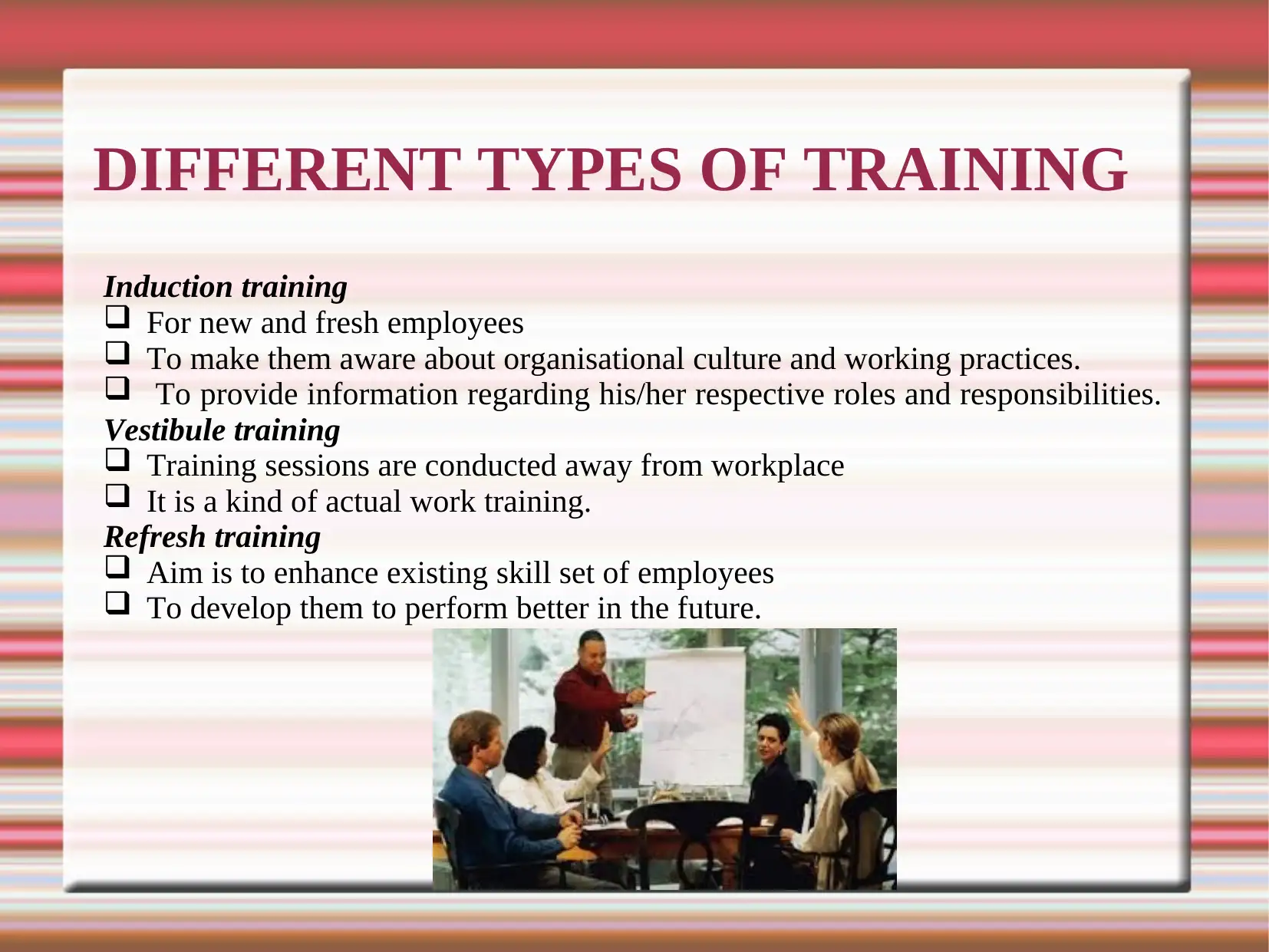
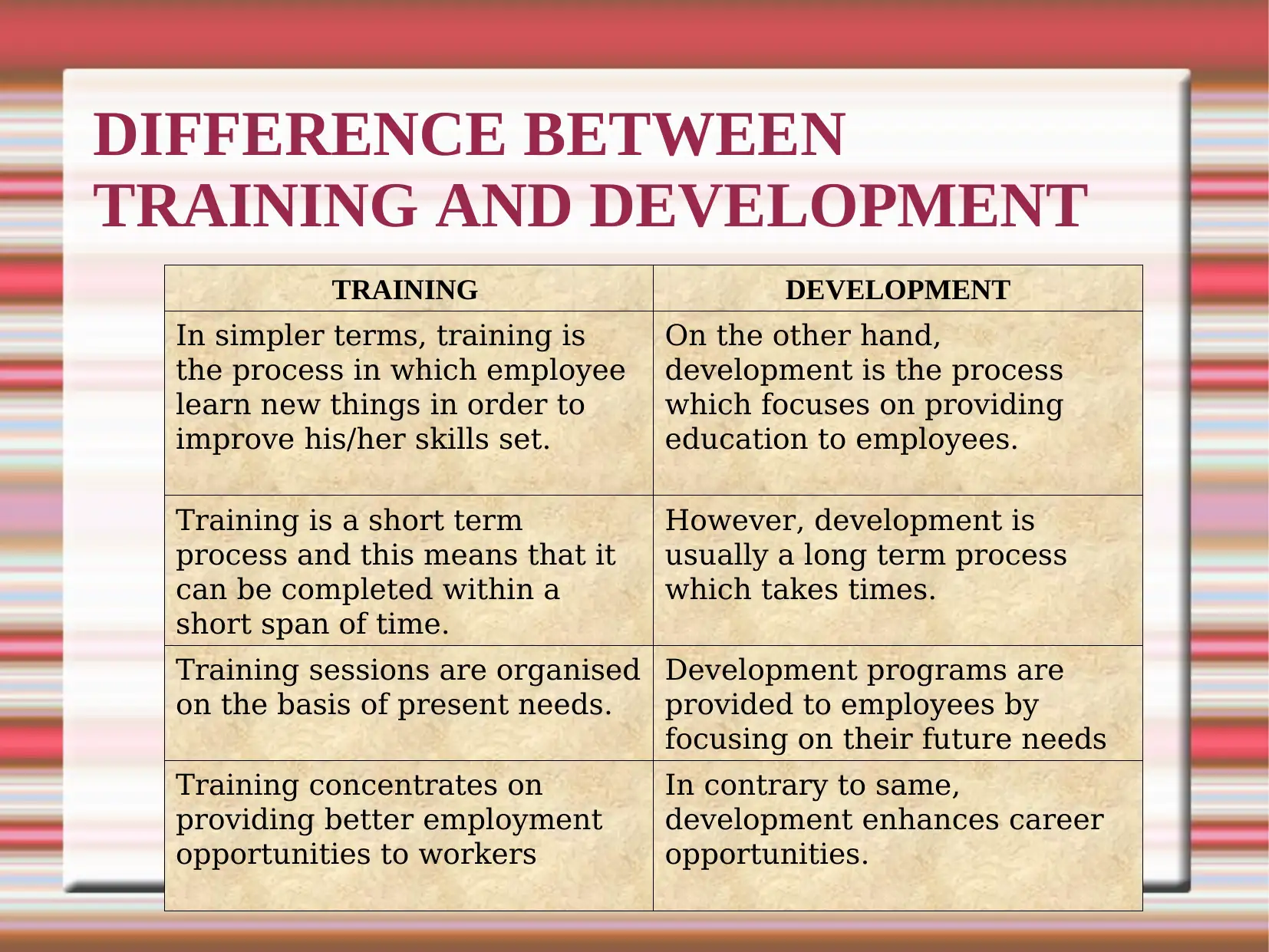
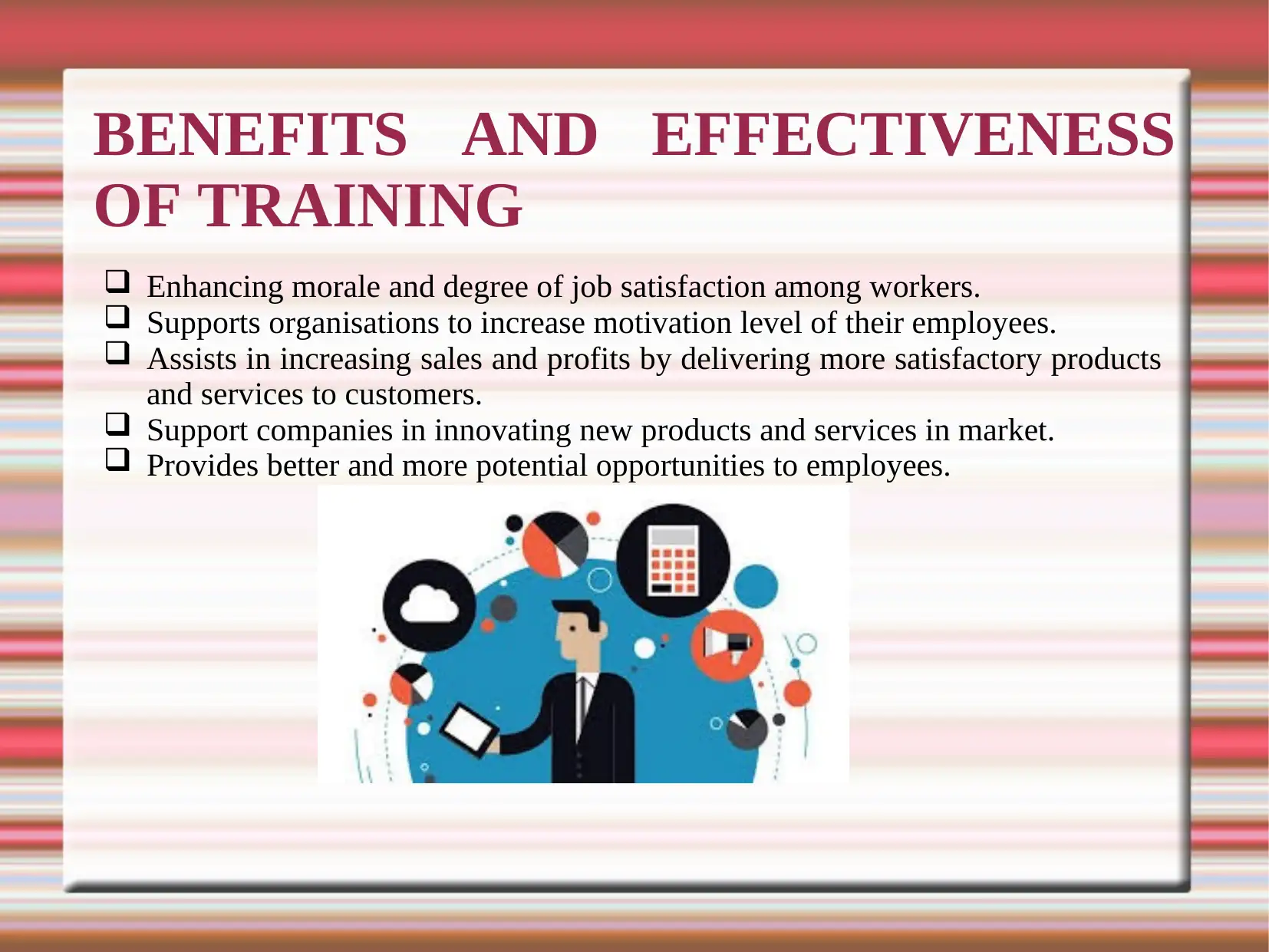
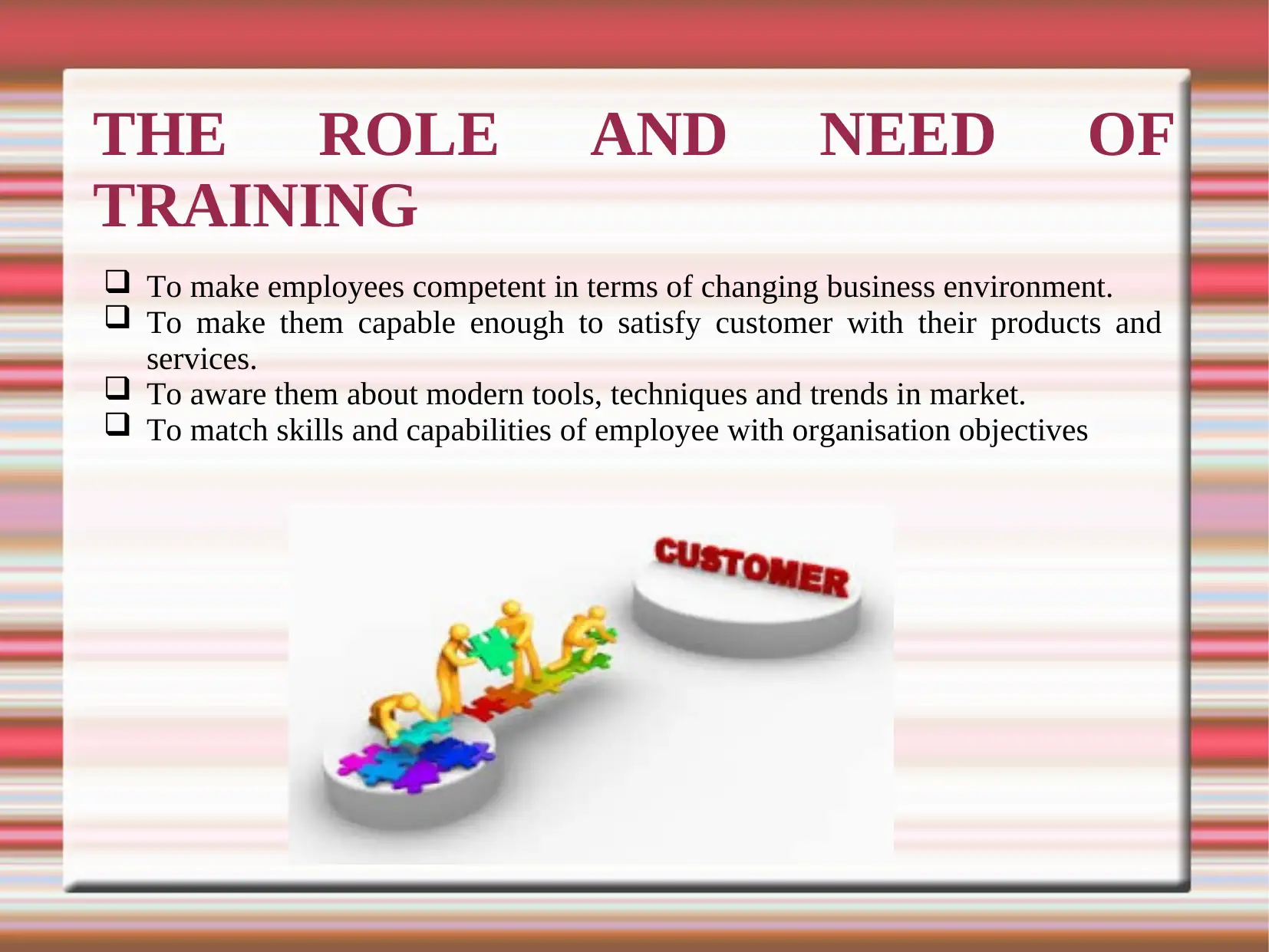
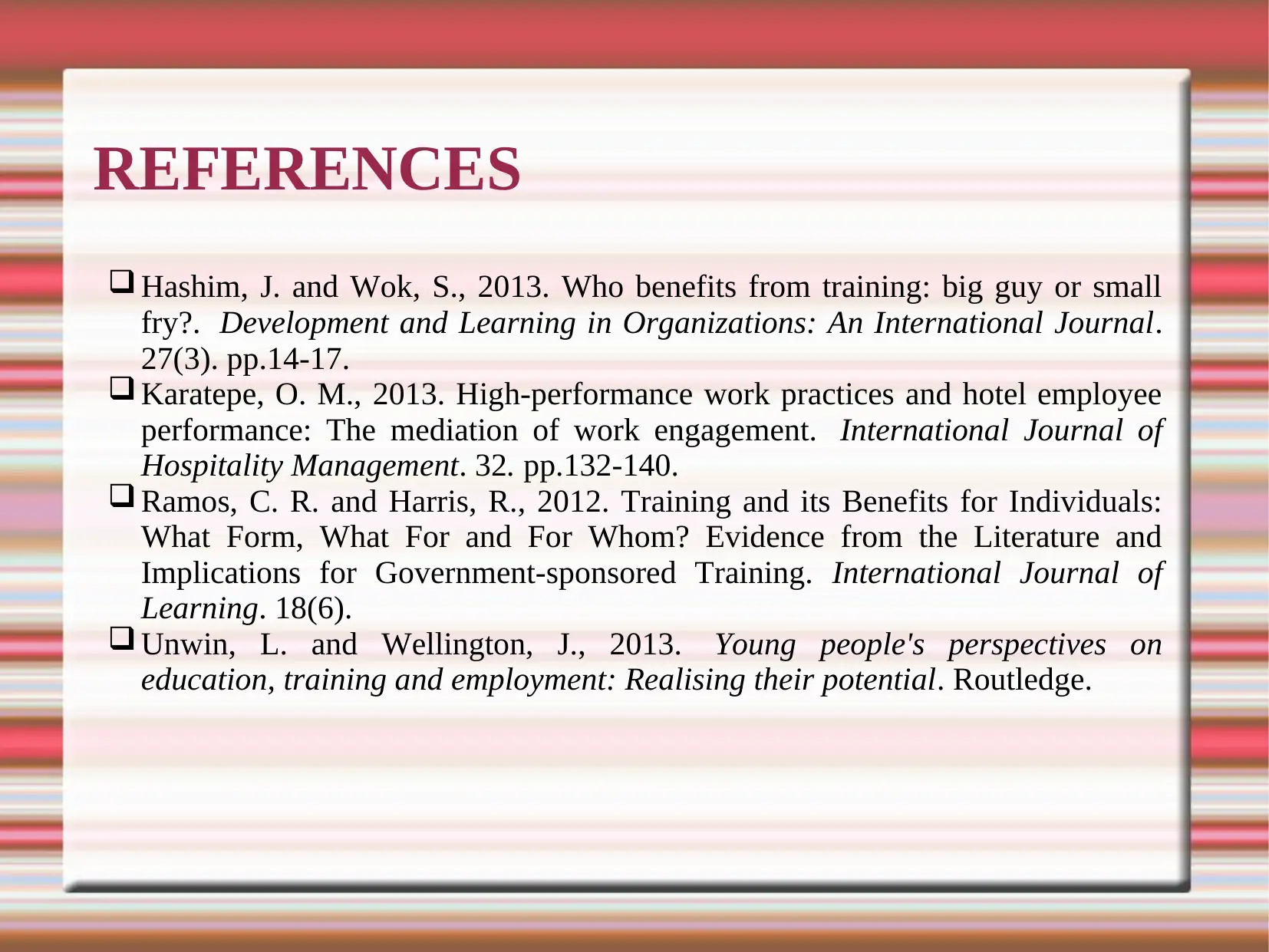







![[object Object]](/_next/static/media/star-bottom.7253800d.svg)